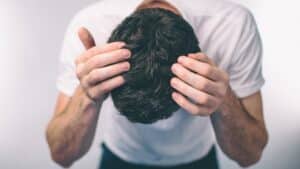Following hair transplant surgery, some people report looking worse than they actually feel. However, there’s no reason to feel weird. These things take time, and in the end, you’ll be so happy you got a hair transplant.
With that said, 3 months after surgery, you can expect little to no signs of the surgery itself. Your hair is unlikely to begin growing in fully by this point. However, you will look less like odd by then and can feel confident about going out in public without worrying about being stared at. In fact, you can usually ease those fears within a month or so.

Safety Precautions Within 3 Months After Surgery
As a once bald man myself, I cannot stress the importance of sun protection. The human scalp is not designed to handle the same levels of UV exposure the rest of our skin regularly absorbs. This is one of the reasons why we have hair here in the first place. This precaution is even more vital 3 months after hair transplant surgery.
For at least the first 3 months after surgery, you need to protect your head from the sun with a hat. Consult your surgeon to see if and how long you should continue to do this. Sunscreen should be completely avoided, at least until all incisions have healed. Once you’re in the clear, though, you should use SPF 30 or above for as long as your surgeon advises.
Hair transplant results take time, with significant improvements becoming more visible around 6-12 months after the procedure. However, that’s not to say your hair transplant results after 3 months won’t be noticeable. In fact, your transplanted hairs will show vast improvement over this time.
Things to Expect During the Hair Transplant Timeline
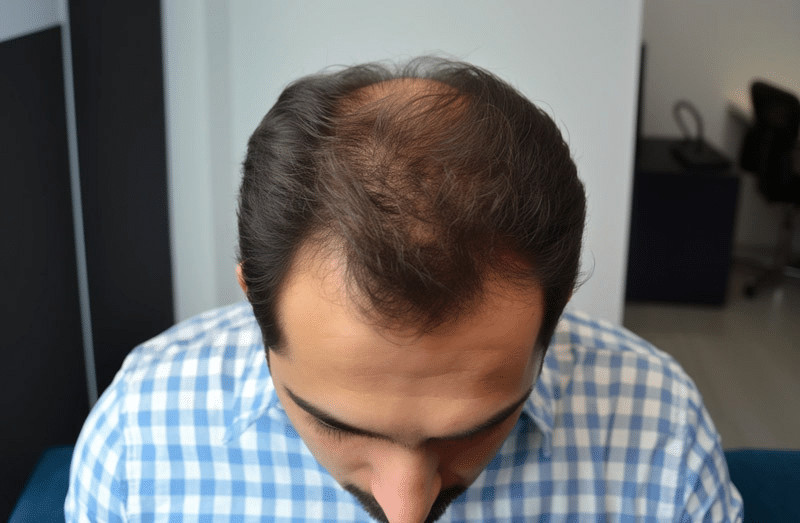
Your transplant after 3 months of the growth cycle will show hair follicle growth and the healing process will have been in full force at this point. Hair restoration is happening during the transplant after 3 months time and new hairs should be seen all over the recipient area.
In fact, you may notice some finer hairs coming in around the 3-month mark. Any redness you may still have will fade long before this time. Some people experience pimples and ingrown hair, but this is normal and temporary. You may also experience some hair shedding. However, this is a completely normal process of hair transplant surgery and you should not let this hair loss bother you.
Understanding the Different Stages of the Hair Growth

The intricacies of the hair growth cycle is essential for anyone seeking to optimize their hair health. The cycle unfolds in three distinct phases: anagen, catagen, and telogen, each playing a crucial role in the overall vitality of your hair, especially after a hair transplant.
Anagen Phase: In this dynamic phase, approximately 85% of your hair revels in active growth. The hair follicles tirelessly produce melanin in the hair bulb, imparting color and strength to the emerging strands. Think of it as the flourishing season for your hair, characterized by robust growth and vitality.

Catagen Phase: The transition from growth to rest occurs in the catagen phase. Here, the hair ceases its upward growth and detaches from the follicle base. Simultaneously, the hair bulb undergoes a breakdown process, causing the follicle to shorten. Though a mere 1% of follicles are in this stage on average, it marks a crucial transition in the life cycle of your hair.

Telogen Phase: As your strands take a well-deserved break, the telogen phase sets in. During this period, the hair remains attached to the follicle but experiences a hiatus from active growth. Approximately 10–15% of your hair enters this restful state, allowing your tresses to rejuvenate. When the telogen phase concludes, the hair follicle reactivates, propelling your strands back into the anagen phase and initiating the emergence of new hair.
Hair Transplant Expectations 3 Months After Surgery
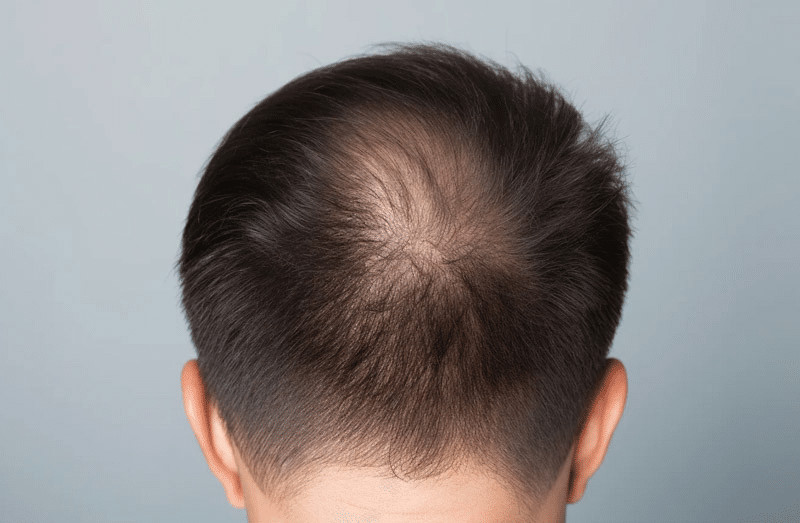
The immediate post-transplant phase, occurring within the first two weeks after the FUE (Follicular Unit Extraction) hair transplant surgery, is a critical period that involves initial healing and the establishment of the foundation for subsequent hair growth.
Before we delve into the growth process of transplanted hair, it’s important to understand the natural hair growth cycle. Here’s a detailed discussion of this phase:
Immediate Post-Transplant Phase (0-2 Weeks)

In the immediate post-transplant phase (0-2 weeks) after an FUE hair transplant, scab formation and mild redness and swelling are common. If the pimples are still noticeable at this stage in your hair transplant recovery process, you should consult your surgeon.
Approximately 4-5 days after the procedure, your newly transplanted hair in the recipient area(s) will begin to shed.
Any hair shedding that happens 4-5 and later days after the surgery is just hair shafts. Patients must follow gentle cleaning instructions to protect grafts and avoid trauma to the recipient and donor areas.
Discomfort, itching, and temporary shedding of existing hair may occur but are part of the normal healing process. You may notice scabbing around the newly implanted hair follicles.
Avoid rubbing or picking transplanted hair follicles, which can damage them. Follow-up appointments within the first week assess progress, and patients are advised to avoid strenuous activities.
Scalp Sensitivity After a Hair Transplant Procedure
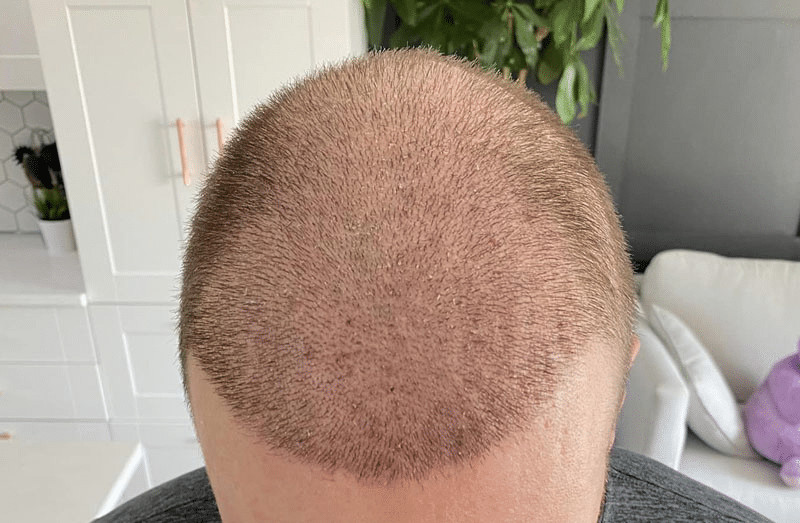
Scalp sensitivity, numbness, and sleeping with the head elevated are typical experiences. A healthy diet and continuation of prescribed medications support overall healing. Emotional support is crucial for managing expectations during this period. Regular communication with the surgeon and adherence to postoperative care instructions lay the foundation for subsequent hair growth phases.
You may start to notice some scabbing around the newly implanted hair follicles but your hair transplant surgeon will give you a spray to try and reduce this but the scabs will be very small and will heal quickly over a few days.
Early Growth and Adaptation (2-6 Weeks):

In the early growth phase, typically spanning from 2 to 6 weeks post FUE hair transplant, patients observe the initial signs of hair growth, albeit at a minimal length. Visible improvements in density become noticeable, contributing to a more natural appearance.
Styling options may still be limited, emphasizing the importance of adhering to post-surgery care instructions. Remember your hair transplant is not an end-all-be-all solution and you need to take care of your new hair grafts as hair begins to return to the scalp.
Lifestyle adjustments, such as adopting gentle hair care routines, are encouraged. Patients may experience a mix of emotions, necessitating a balanced outlook and understanding of the gradual nature of the results. This phase sets the foundation for subsequent growth and requires patience and emotional resilience.
Stabilization and Maturation (6 Weeks – 3 Months):
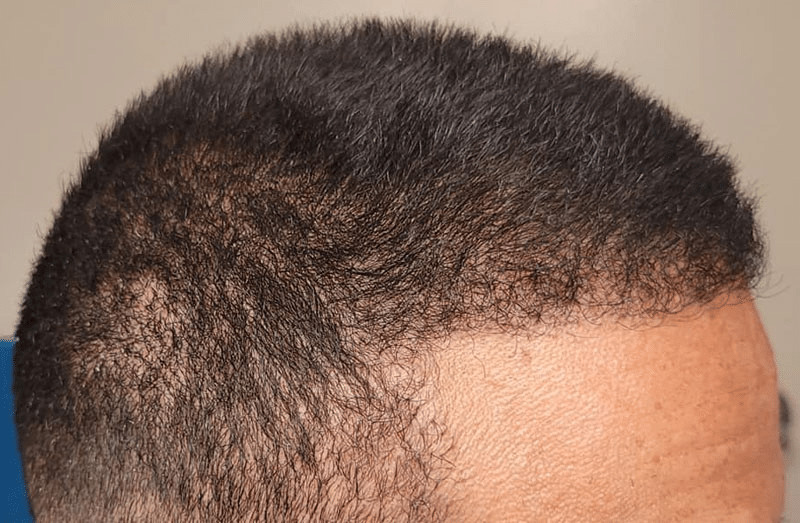
Between 6 weeks and 3 months post FUE, a more thorough assessment of transplanted hair density occurs. Styling guidance is provided as the hair matures, offering insights into grooming and care.
The surgeon evaluates the need for additional treatments or follow-up procedures to enhance results. Individual results depend on hair transplant procedure type, donor hair quality, and healing processes.
The hair seems wispier at this stage in the hair transplant timeline, which is completely normal. Your hair transplant essentially encourages new hair growth in an area where no hair grows.
Most of the transplanted hair has been shed Hair transplant after 3 months. Continued healing in the donor area is observed, requiring ongoing attention. Emotional support remains crucial as patients eagerly anticipate more pronounced results.
The results of a hair transplant can take up to 18 months to fully be visible. 2 years post procedure FUE Hair Transplants are permanent hair restoration procedures and aim to achieve lifelong results.
Hair transplant growth takes time; patience is crucial; noticeable improvements may appear 6-12 months post-surgery.
Long-Term Care During the Hair Growth Cycle
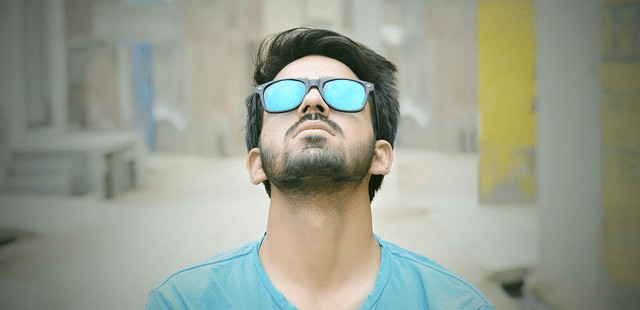
Guidance on long-term care is offered, emphasizing the importance of maintaining hair health. Scalp sensation normalizes, and patients experience a growing sense of satisfaction, recognizing the transformative changes achieved during this phase.
Ingrown hairs are often the first sign of new hairs trying to break through the skin. This is a good sign! No one likes the discomfort or disruptive appearance of ingrown hairs, but for you, this could be cause for celebration.
According to plastic and cosmetic surgeon Prashant Yadav, “The new hair will be seen in the scalp after 4 months.” Dr. Yadav says that major hair growth is not seen until “in between the five and twelve-month” range.
Experiencing New Hair Growth after Hair Transplants

Patients report varying ranges of hair growth in the coming months. In general, your hair should begin to appear thicker and less patchy. Your hairline will appear stronger. Most people don’t report hair growth until 6 months in. Remember, you won’t see the final results of your hair transplant until 12 to 18 months post-surgery.
This is a relatively small window of time compared to the rest of your life. As someone who suffers from early hair loss, I can tell you with utter conviction that it would be worth it. Personally, I can’t wait to bask in that 3 months after surgery phase.
During the first year, be sure to advise your stylist or barber to use only scissors – no razors or other hair-cutting instruments should be used during the first year following your hair transplantation.
What Hair Transplant Results You Can Expect 3 Months After FUE

At the three-month mark after an FUE hair transplant, patients can witness early signs of growth, increased density, and a more natural appearance. Adherence to post-surgery care instructions remains vital during this phase.
While styling options may be limited, patients are encouraged to be patient as the transplanted hair continues to mature. The emotional journey is acknowledged, and ongoing support from the surgeon is crucial.
The 3-month stage is a stepping stone to further improvements, with full results becoming more pronounced in the subsequent months. Regular follow-ups and a commitment to care contribute to the overall success of the FUE procedure.
Keep up with your check-ups and follow your surgeon’s instructions to protect your investment, and you’ll be running your fingers through your new, thick mane in no time!
Hair Transplant Frequently Asked Questions

Will I see significant hair growth three months after FUE?
While some growth is expected, significant results may take more time. Hair growth varies among individuals, and the full outcome becomes more noticeable in the subsequent months.
Are there specific care instructions for the 3-month post-FUE period?
Yes, continued adherence to post-surgery care is crucial. Gentle hair care, protection from trauma, and regular follow-ups with the surgeon are important aspects of care during this phase.
Can I style my hair as usual at the 3-month mark?
Styling options may still be somewhat limited, and it’s essential to follow the guidance provided by the surgeon to ensure the safety and optimal growth of the transplanted hair.
Will the transplanted hair look natural at three months?
While the hair is growing, it may not yet reach its full natural appearance. The maturation process continues, and the final results become more apparent in the following months.
Is it normal to experience shedding or changes in the donor area at this stage?
Yes, some shedding and changes are normal as the hair continues to adjust. The surgeon will monitor these changes during follow-up appointments.
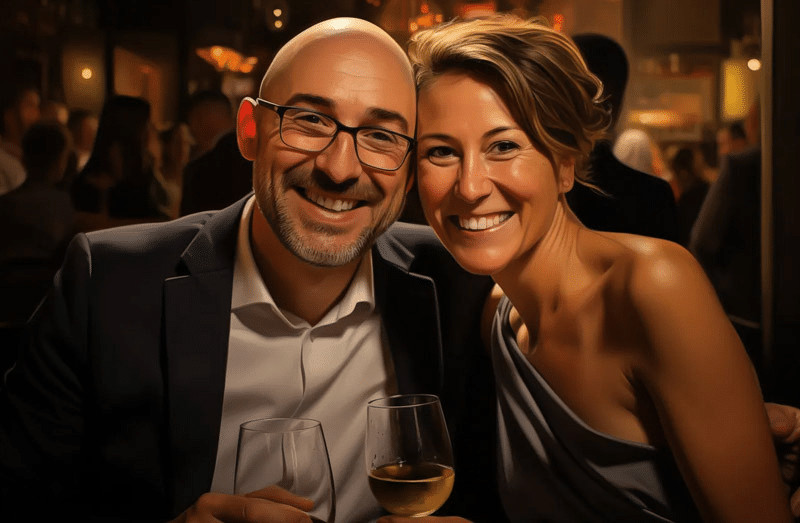
References
https://www.hairtransplantstory.co.uk/post-op/fue-hair-transplant-from-day-1-to-12-months/
https://www.civashairtransplant.com/procedure/after-hair-transplantation-surgery/
https://www.chicagohairinstitute.com/blog/2017/02/20/avoiding-sun-exposure-after-hair-179641
https://www.sistineplasticsurgery.com/blog/what-to-expect-after-hair-transplant-procedure

